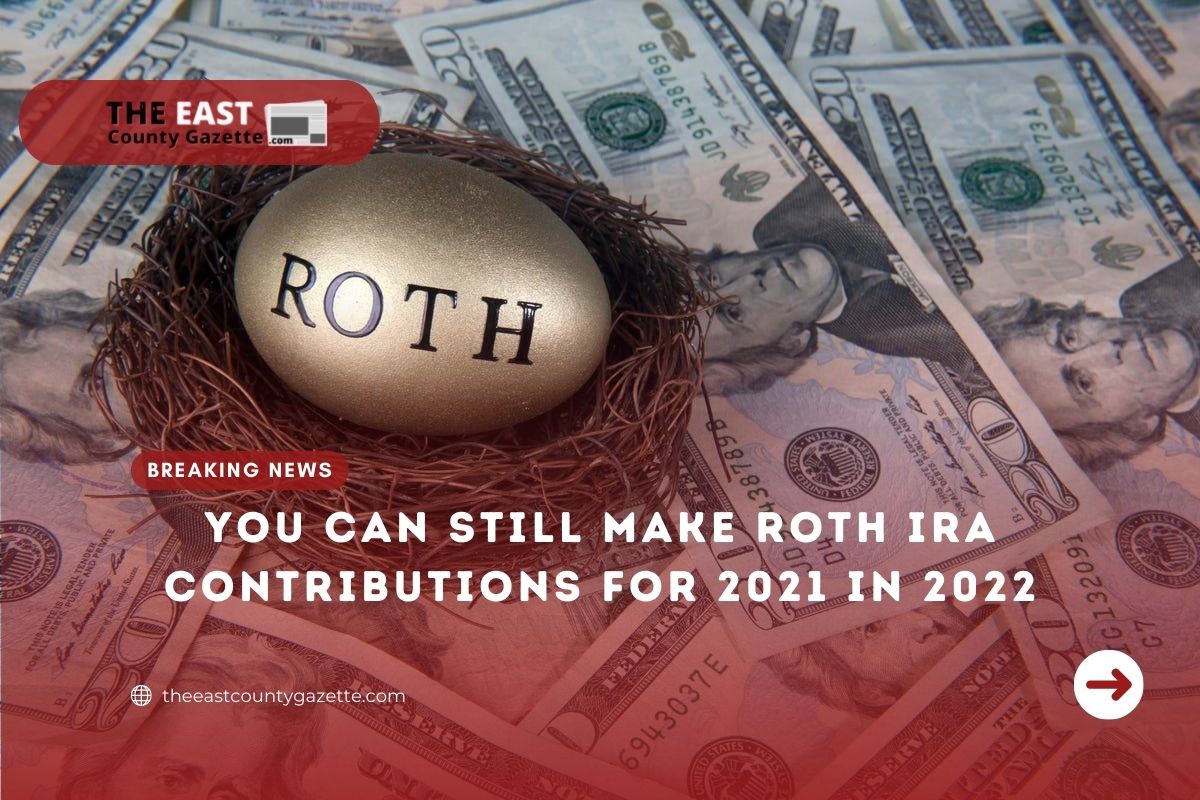One of the best ways to invest for your retirement is through a Roth Individual Retirement Account (IRA). The money you place in that type of account, once it is legally held, is potentially tax-free throughout your lifetime.
You are not required to withdraw money from your own Roth IRA during your lifetime, unlike other retirement accounts. The Roth IRA is tax-free if you have had it for at least five years. You owe absolutely no taxes on withdrawal once you reach age 59 1/2.
If you are eligible to contribute to a Roth IRA, you should do so. Although, one major drawback of Roth IRAs is that you can only contribute up to $6,000 (or $7,000 if you are over 50). Due to this annual limit, it makes sense to contribute to one every time you can if you wish to build up a decent balance. The good news is that you can still fund a Roth IRA in 2021 if you’re eligible.
Read More: US Places 8,500 Troops on Alert Amid Rising Tensions with Russia
The deadline is April 15, 2022
Roth IRA contributions for 2021 are due April 15, 2022. So, it’s very important to have your money in before then. If the money is not in your account by that date, it will not be considered a contribution for 2021, according to the finance specialist, FOOL. Taking advantage of this extra time also means you to take advantage of the recent market downturn by seeking out opportunities resulting from it.
This deadline isn’t set because of the recent performance of the market, of course. The reason is that Roth IRA contributions are subject to income limits.
It is a good idea to let you contribute up until the year’s end so you know if you are eligible to contribute before you accidentally sock away your hard-earned money.
If you overcontribute to your Roth IRA, you’ll face a 6% penalty, and that penalty will continue until you rectify it. In the event that you’re not allowed to do so, you could end up having to pay a lot of money in that account.
In What Amounts are Income Limits Set?
Roth IRA contributions are only allowed from taxable compensation, such as income earned as an employee or as the owner of a self-employed business. You cannot contribute more than your taxable compensation amount to a Roth IRA, even if you otherwise have enough money.
A certain income threshold phases out your ability to contribute on the other end of the income scale. Contributions phase out at $125,000 for single filers, $198,000 for married filers filing jointly, and $248,000 for married filers filing separately.
It is important to note that the upper-end income thresholds are based on what’s called Modified Adjusted Gross Income (MAGI). This number includes things such as interest, dividends, and capital gains, in addition to what you earn from work.
You might have some great reasons for postponing your Roth IRA contribution until after the calendar year ends since your MAGI can often change up until the very end of the year. It’s a good time to start doing the math and figuring out whether you qualify to make the contribution now that the year is over.
Does Your Income Lock You Out If It’s Too High?
A backdoor Roth IRA contribution may still be possible if you have a too high income to contribute directly to a Roth IRA.
Using that technique, you contribute to a traditional IRA and then immediately convert the funds to a Roth IRA. Since traditional IRA contributions have no income limits, you can use that strategy no matter your income level.
It is nearly identical to a standard contribution if you had no traditional IRA balance before you made the backdoor Roth IRA contribution. With a Roth IRA contribution, you will be able to withdraw the funds at any time, for any reason, and you will not face any taxes or penalties. More so, in order to avoid penalties, you must keep your backdoor Roth IRA contributions for five years (unless you are older than 59 1/2).
It gets a little more complicated if, however, you had a conventional IRA balance before you made the backdoor Roth contribution. When money is withdrawn from a traditional IRA, the taxable impact of that withdrawal must be determined according to a pro rata rule.
According to the way the rule works, a backdoor Roth IRA contribution could increase your immediate tax costs compared to a direct Roth IRA contribution.
You should be aware of this cost before you proceed. It isn’t a deal-breaker, but it is a consideration.
In the tax year 2021, you can make a backdoor Roth IRA contribution by contributing to your traditional IRA. This will result in the Roth conversion part being considered a tax-year 2022 conversion, regardless of whether the contribution counts against your 2021 contribution limits.
The Clock is Ticking, so Make Your Plans Now
There is still time to contribute to Roth IRAs for 2021, but you only have until April 15 to deposit your money to make it eligible for that tax year. If you are eligible and are interested in doing it, start now to give yourself a decent chance of emerging successful at it before the window closes.

